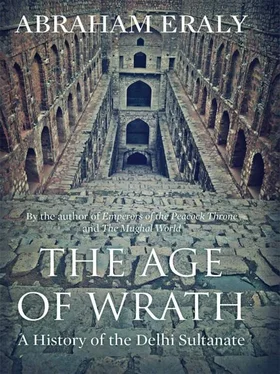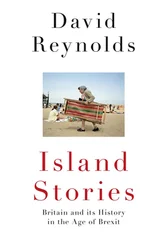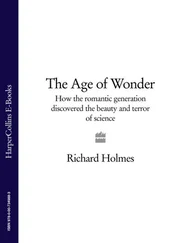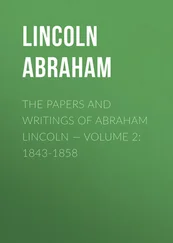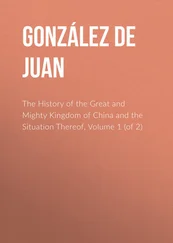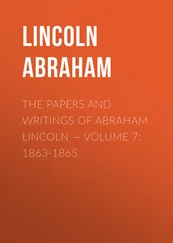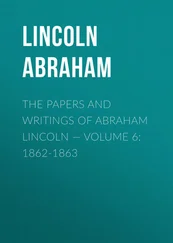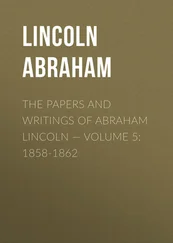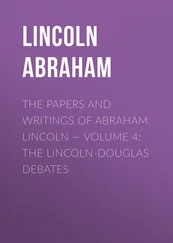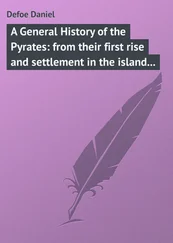As in the case of slaves, Hindu and Muslim societies differed greatly in their treatment of women. In upper-class Muslim society, women had to observe purdah, and were secluded in the zenana, the female quarters of their home. They were not allowed to have any contact with any men other than the members of their immediate family. And when they appeared in public, they had to wear the burqa, a shapeless, sack-like outer garment that covered their entire body from head to foot, leaving only a narrow veiled opening over the eyes. There were no such restrictions on Hindu women. However, Hindu women were not normally allowed to own property or to divorce their husband, but these rights were enjoyed by Muslim women.
Another difference in the social practices of Hindus and Muslims was that while some Hindu communities, such as Rajputs, considered the birth of a girl child as a misfortune, and female infanticide was widespread among them, that practice was strictly prohibited in Muslim society. Similarly, while polyandry and matrilineal families were common in some Hindu communities — particularly among Nairs in Kerala — these were virtually unknown in Muslim society. On the other hand, deviant sexual practices, like homosexuality and pederasty, were very rare among Hindus, but were fairly common among Muslims. Even some of the sultans were bisexual or homosexual, and some held court dressed as women.
A SOCIAL PRACTICE that was widely prevalent in medieval India, among Hindus as well Muslims, was polygamy. Muslims were however permitted to have only four wives, but in Hindu society there was no restriction at all about the number of wives a man could have. As for concubines, both societies permitted men to have as many of them as they desired or could afford, with some kings and nobles maintaining incredibly large harems. For instance, the sultan Begarha of Gujarat, according to contemporary chroniclers, had as many as 4000 women in his harem.
As for prostitution, Hindus and Muslims held totally opposite views on it. Islam considered prostitution as a major sin, but Hindus viewed it as a normal and legitimate aspect of social life. In ancient India, in the Mauryan Empire for instance, there were even state run brothels. Similarly, in medieval India brothels were run as a government sanctioned service in Vijayanagar.
Another oddity in medieval Hindu society was the practice of ritual suicide, in which people in woe or debility, because of illness or old age, drowned themselves in a holy river, such as Ganga, to escape from the miseries of life and to attain salvation. Jauhar, mass ritual suicide, was yet another Hindu practice, but this was restricted to the ruling class and the military aristocracy. Another form of ritual suicide — again practised mainly, though not exclusively, by the Hindu aristocracy — was sati, self-immolation by the widow or widows of a dead king or chieftain on his funeral pyre.
Islam considered all these as abominable practices, but it was only very rarely that sultans intervened in them, for Hindus as zimmis were normally free to practice their traditional customs without any interference. It was in any case impossible to lay down uniform rules in dealing with Hindu social and religious practices, for there were countless variations in them, depending on sect and caste and region.
As in social practices, so also there were great variations in the cuisine and dining practices of Indians, and these had become quite rigid in early medieval times. Society in ancient and early classical India was quite permissive in the matter of food, and allowed all, irrespective of their class and sex, including the priestly class, the freedom to eat whatever they liked, even beef, drink alcohol, and take psychotropic drugs. The scene changed altogether in the middle of the first millennium CE, when the caste system tightened its iron grip on Hindu society. Caste regulations then defined and enforced the rules about food and drink applicable to each caste, and these rules played a crucial role in segregating castes. The old adage that you are what you eat thus acquired a new meaning in India.
Some of the nobles of early medieval India were incredible gluttons. Battuta, for instance, speaks of an Ethiopian officer in India who ‘was tall and corpulent, and used to eat a whole sheep at a meal, and … [drink] about a pound and a half of ghee.’ Even more fantastic were the dietary practices attributed to Sultan Begarha of Gujarat, a man of gigantic size and gargantuan appetite, who, according to legend, ate about fourteen kilos of food every day, and, most curious of all, his daily diet included a swig of poison!
HINDU CIVILISATION WAS in an awful state of degeneration in early medieval times, especially when compared with its marvellous effulgence in the preceding age. This decline affected all facets of Indian civilisation. Culture putrefied. The caste system straitjacketed society, thereby hampering human enterprise and thwarting social progress. Commercial economy collapsed, and India gradually subsided into a stagnant, barely self-sustaining agrarian economy. Towns decayed; many of them were deserted, and they turned into crumbling relics. Instead of the urban sophistication that had characterised the classical Indian civilisation, now, in the early medieval period, crude rusticity characterised it. There was no more any creative energy in Indian civilisation. ‘I can only compare their mathematical and astronomical literature, as far as I know it, to a mixture … of pearls and dung, or of costly crystals and common pebbles,’ comments Al-Biruni.
This dismal state of Indian culture worsened further during the Delhi Sultanate period, because the main sustenance of cultural activity in pre-modern times was royal patronage, and Indian culture lost that patronage at this time, as most of the Hindu kingdoms had been conquered by Turks. Indian culture at this time also suffered from the vandalization and destruction of some of India’s ancient cultural institutions and religious structures by Turks, most notably the demolition of the renowned Buddhist university of Nalanda in Bihar. Fortunately such destruction was mostly confined to the early period of the Delhi Sultanate. Some later sultans even took special care to preserve India’s cultural heritage. The contribution of Firuz Tughluq in this was particularly commendable, such as he arranging for the translation of several ancient Sanskrit texts into Persian, and the meticulous care with which he had two Asoka pillars — they were over one and a half millenniums old — transported from the provinces to Delhi and erecting them there. Another commendable trans-cultural activity of the age was the contribution of some Muslim scholars, Al-Biruni in particular, in deferentially studying Indian culture and writing books on them.
Another fascinating cultural development in India during the early middle ages was the shift of creative activity from mainstream culture to regional culture, particularly in literature. Though a good number of new works continued to be written in Sanskrit at this time, these were all of little merit. But the decline of Sanskrit literature opened up literary space for regional languages to grow and flourish. Sanskrit, or rather Prakrit, had spawned a number of regional offshoots in North India in the late classical period, and from around the eighth century on some of these languages began to produce literatures of their own, and this gathered considerable momentum in the succeeding years.
One of the most interesting cultural developments of the middle ages was that, in contrast to the moribund state of Sanskrit literature, Tamil, the only other ancient Indian language which had a literature of its own, remained vibrantly alive at this time. But the ethos of Tamil literature in medieval times changed totally from what it had been in the classical period. While Tamil in the classical period produced sensitive secular literature, depicting the chiaroscuro of everyday life, its miseries and pleasures, mainly under Buddhist and Jain influence, its emphasis now shifted to religious literature, both devotional and expository, under the influence of resurgent Hinduism and its devotional cults. Religious fervour now replaced the calm reflective tone that had earlier characterised Tamil literature. There was also a good amount of fascinating literary activity in the regional offshoots of Tamil at this time — in Kannada, Telugu and Malayalam. Also, there was some high-quality creative activity in Persian literature in India during the Sultanate period, and some of these writers, particularly Amir Khusrav, were admirers of the Indian literary tradition and were influenced by it.
Читать дальше
